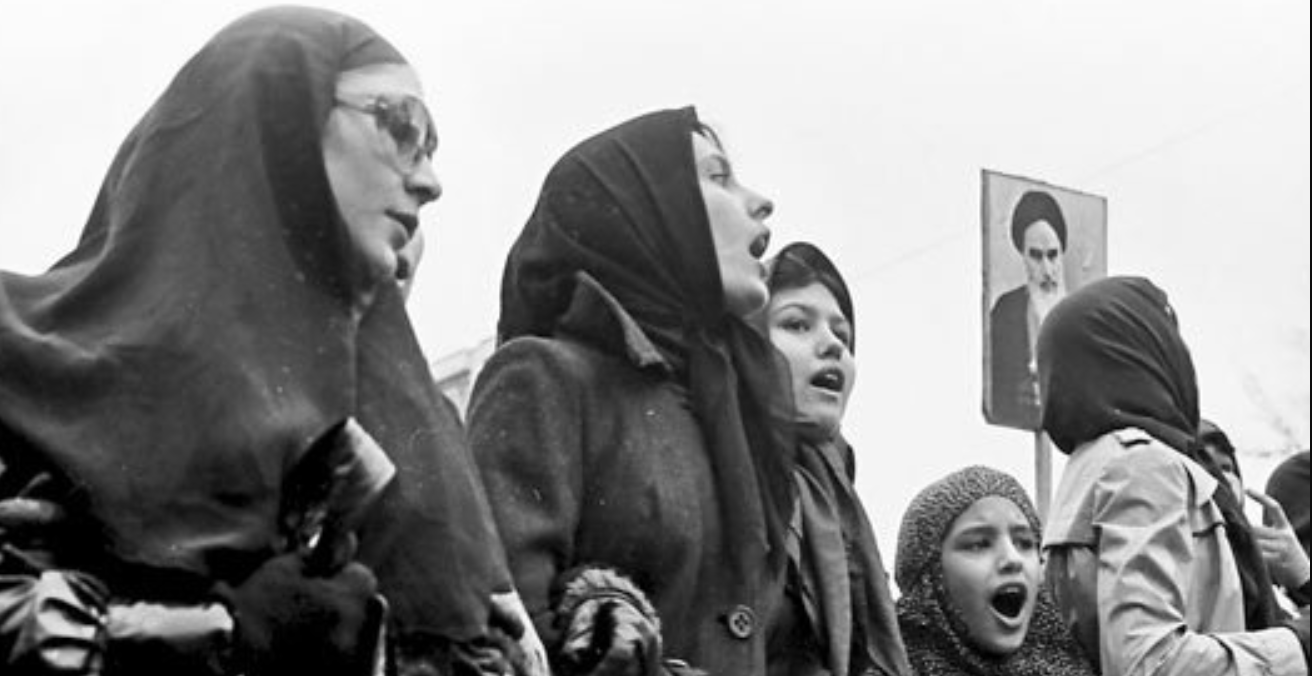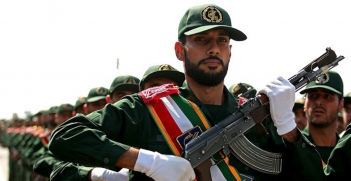The Legacies of the Iranian Revolution at 40

Forty years since the Islamic revolution in Iran, the country’s people are tired of the regime’s never-ending revolutionary fervour. But despite the turbulence and oppression they have suffered over the years, the Iranian people have remained defiant and pushed back where they can.
The Islamic Republic is celebrating its 40th anniversary on 11 February with much fanfare, speeches, a military parade, the release of a substantial number of prisoners, special editions of newspapers, festivities on streets decorated with festive lights, the hosting of foreign guests and much pomp and hollow boasting.
But the reality on the ground is starkly different. People have long grown weary of the revolutionary state of their government. They long for an end to the regime’s revolutionary sloganeering, for resources devoted to improving the economy and the well-being of the people, and an end to human rights abuses and the jailing of protesters and dissenters. They want the regime to show respect for citizen’s rights, including women’s rights and minority rights. They ask that the regime respects the privacy of Iranians and their security in public and private spaces. They want to see an end to adventurism in the region that they believe is wasting Iran’s limited resources, causing Iran’s international isolation and resulting in the labelling of Iran as a terrorist nation. In short, what the people desire is to put behind them the so-called revolutionary fervour and a return to a normal life.
The Islamic regime has succeeded in creating a system in which corruption is rampant, poverty palpable and unemployment is high. The regime tolerates no protest or dissent. Strikes by workers whose wages are not paid or teachers who can’t make ends meet are brutally put down. Women wish to be free to dress as they please, to feel safe and free from harassment by the morality police on the streets.
Members of the younger generation are educated and have skills, but they are unemployed. Successive governments have failed in their promise to deliver jobs and prosperity. The regime is basically unaccountable to the people and numerous and conflicting centres of power are tearing the fabric of the country apart. The ruling elite is narrow – the haves lording it over the have-nots. The young do push back: through Facebook, Instagram and Telegram, and by texting, tweeting and messaging, government censorship notwithstanding. The brain drain over the last forty years has been striking, although, thanks to the hunger among the young for education and access to all that is new in the world, Iran continues to produce highly talented, promising young men and women. Society, unlike the government, remains vibrant.
The people who came out into the streets in their millions 40 years ago and called for revolution were full of aspirations and hope. They wanted democracy, the rule of law and accountability rather than top to bottom rule. Their slogan was “Independence, Freedom, Islamic Republic.” What they ended up with was an “Islamic Republic” the likes of which no one imagined – without real democracy, rule of law, accountability or respect for the basic freedom of individuals. A rude awakening was not long in coming.
What followed is well-known: purges and mass arrests of members of the ancient regime, elimination of the top echelons of the army, the police, the security services, the civil service and the judiciary; Revolutionary Courts that sent hundreds, even thousands, before the firing squad; watch-dog Revolutionary Committees in city neighbourhoods; the merciless elimination of former allies among left-wing parties and guerrilla organizations and even among the senior clergy critical of these measures; and the takeover by the state of vast private sector assets through nationalisation and expropriation.
Among the first class of victims of the new regime were women. With a stroke of the pen, women lost all the legal and social rights they had gained under the previous regime. The suspension of the progressive Family Protection Law relegated women to second-class citizens with no rights of their own. Divorce, polygamy and child custody once again became the prerogative of the men. The age of marriage was reduced for girls from 18 to nine. Women had to observe the hijab and the Islamic dress code. Non-observance was punishable by 74 lashes. Male teachers were barred from teaching in girls’ schools. Women were purged from places of work and barred from a number of fields of study at universities. Segregation of men and women in university classrooms was attempted; it failed because women resisted and also due to its utter impracticality
Women pushed back in other areas as well. They had voted for the Islamic Republic expecting equality under the law. They now learned they had to take their destiny into their own hands. Refusing relegation to second-class status, they forcefully made their way into the public space in all areas. Today in nation-wide competitive exams, women win more places in universities than men. Women compete with men in the job market. They are present in parliament, in the ministries and in local councils. They constitute an important voting bloc in presidential elections. Through sheer defiance, women have won a considerable degree of freedom on matters of dress. They remain the most outspoken and daring single group in society; and their large presence in public life remains a sore in the eyes of the Islamic Republic. It was thanks to the women’s vote that two moderate, reform-minded presidents were elected: Mohammad Khatami in 1997 and Hassan Rouhani in 2013.
Neither of these two moderate presidents were able to deliver on the promises they had made to women, the young and the broader population. But under both presidents, especially Khatami, interference by the morality police with women and men on city streets palpably diminished and women were left alone to interact in society. The regime and its security forces continued to arrest political activists, whether men or women; but unlike the first two decades of the revolution, in the matter of social interaction on city streets, they keep out of the people’s way – most of the time.
In foreign policy, the Iraqi invasion of Iran in 1980 was a wake-up call to the Islamic Republic. It learned it could no longer take for granted the goodwill of its Persian Gulf neighbours, who were now concerned that Iran would succeed in infecting their own populations with revolutionary fervour. Arab governments have not welcomed Iran’s now extensive presence and influence in Iraq, Lebanon, Syria and in the civil war in Yemen. Qatar and Oman aside, Iran’s relations with its Arab neighbours remain strained. Iran’s hostility towards the United States and Israel continues unabated and is unstintingly reciprocated by these two countries. Renewed US economic sanctions are doing damage to an already troubled economy. To counterbalance the US, Iran has tightened relations with other major powers, particularly Russia and China and, where possible, with Europe.
The legacy of revolution has been one of seemingly unending turbulence, with no light yet perceptible at the end of the tunnel.
Dr Haleh Esfandiari is a public policy fellow and former and founding director, Middle East Program, Woodrow Wilson International Center for Scholars, Washington DC.
This article is published under a Creative Commons License and may be republished with attribution.





